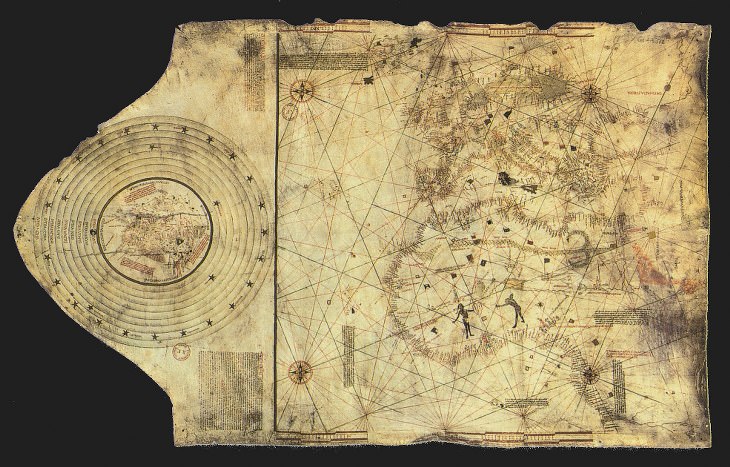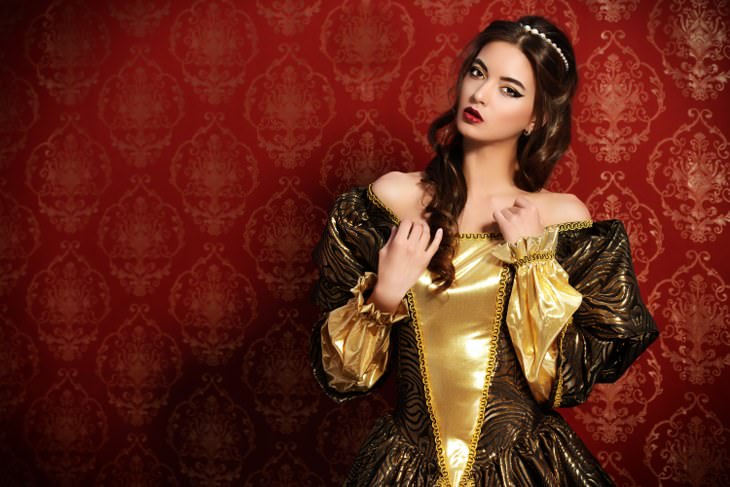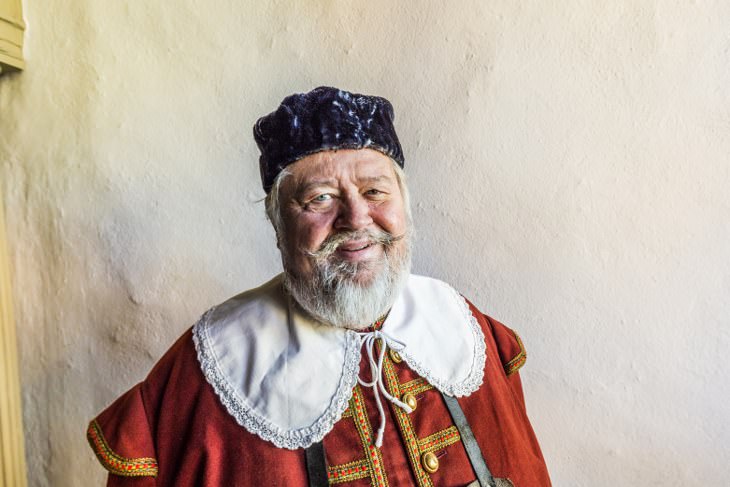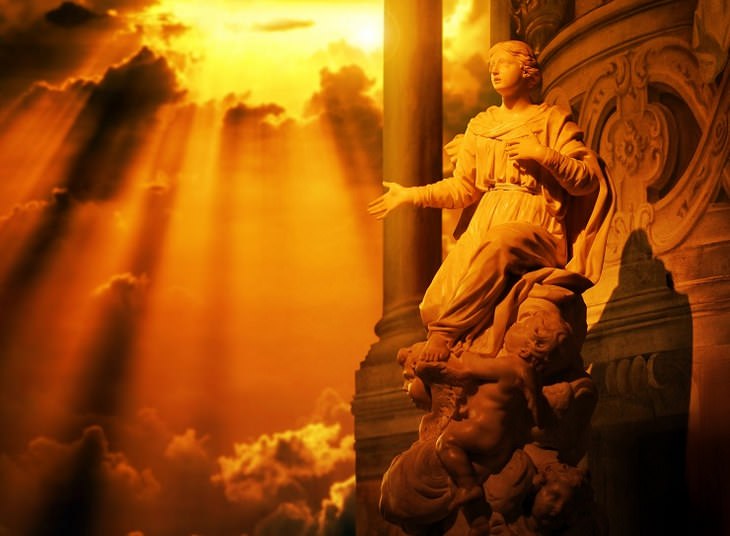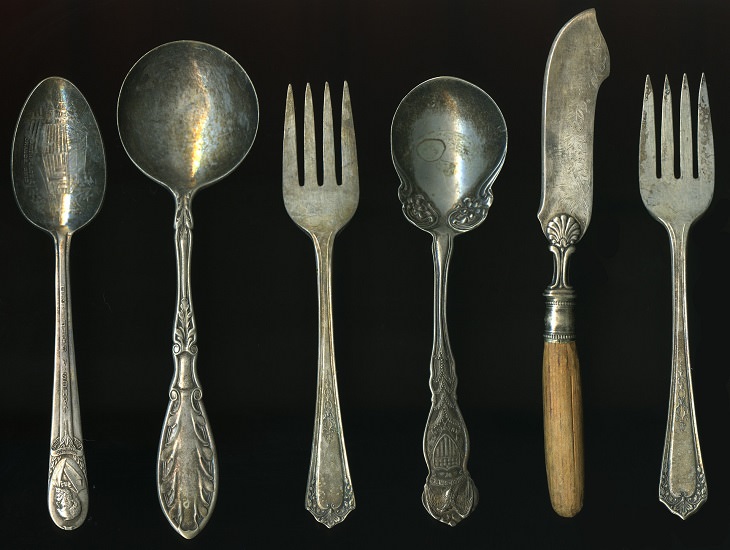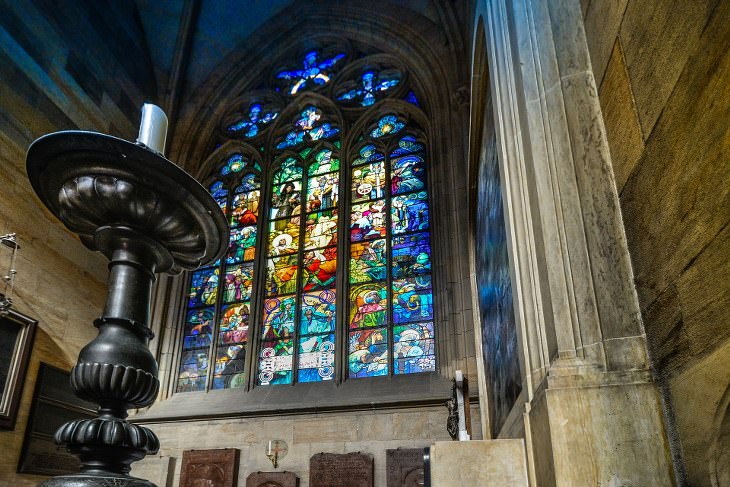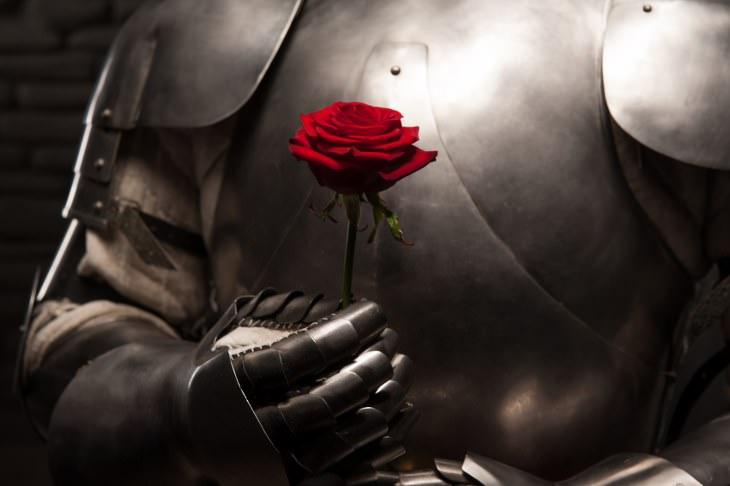1. Everyone believed that the Earth was flat.
For the sake of accuracy, the idea of a flat world was actually present in pagan Scandinavia, yet it disappeared after the arrival of Christianity. However, in the Mediterranean and the rest of Europe, most people from the Middle Ages actually already presumed that our planet was round. In fact, many texts and maps from the Middle Ages clearly prove this.
2. Christopher Columbus was trying to prove that the Earth is round.
Seeing as the above point already shows that most people had already known that our planet is round, it follows that nobody would have gone to such great lengths to prove it. Columbus' error in sailing to the Caribbean instead of East Asia merely proved that the world was far larger than most people realized.
3. Vikings wore horns on their helmets.
It's unlikely that any self-respecting Viking would have worn a horned helmet, since they would have been extremely uncomfortable and impractical to wear on the battlefield. The Vikings probably became associated with such creative headwear from the artworks of 19th-century Scandinavian painters.
4. Most men made their wives wear chastity belts while they were away.
Many people have heard the claim that the wives of warriors and noblemen were forced to wear chastity belts while their husbands were away from home. However, the extensive use of these terrifying iron constructions are actually a myth. In fact, this myth is said to come from an erotic fantasy, which eventually got out of hand.
5. People rarely lived past the age of 30.
Nobody's going to dispute the fact that the average life expectancy was very low. However, this figure comes from the fact that many children perished each year from incurable illnesses. If a person reached adulthood, there was a high change that they'd live till about 60 or 70.
6. Most people didn't wash.
With our constant access to fresh water, we can't realistically expect people of the Middle Ages to have been as clean as we are. In spite of this, historians say that practically all members of society washed themselves daily, valued good hygiene, and kept their distance from people who smelled bad. In fact, the Middle Ages saw the rise of the Soap Makers Guild, which proved to be extremely popular.
7. Women didn't have any rights.
Women in the Middle Ages weren't as free as they are today, and a lot of them faced the choice of either getting married or else following a spiritual existence. Nevertheless, they were entitled to manage a household, could buy and inherit property, and many of them also directly helped their husbands or fathers with their professions. There are also plenty of examples of female rulers and other influential women from the Middle Ages.
8. Cutlery didn't exist.
While many of us have a mental image of men and women from the Middle Ages feasting on banquets using only their hands, in reality, cutlery was already widely utilized. In fact, forks appeared in Italy in the 11th century, which was already 500 years late, compared to the Byzantines.
9. The church was a great hindrance to scientific development.
In the Middle Ages, most scientists were staunchly religious. Many of them were actually rewarded for their wisdom and knowledge, and there is no evidence that a single person was ever burnt by the church for their scientific endeavors. The persecution of Galileo Galilei was more about his role in the Counter-Reformation than it was about the relationship between the church and science.
10. Millions of women were tried and burnt as witches.
It might sound a bit strange, but the people of the Middle Ages didn't actually believe that witches existed. In fact, witch-hunting reached its peak far later, somewhere between the 16th and 17th centuries.
11. Feudal lords enjoyed 'the right of the first night' with their subjects' wives.
Most contemporary historians subscribe to the notion that none of this ever happened, since there isn't a single piece of hard evidence that points to this being true. The only explanation that historians have come up with is that this is merely the result of a lazy interpretation of historical texts.
12. Knights were unfailingly courteous and noble.
Unfortunately, historical documents seem to indicate quite the opposite. When knights weren't engaged in combat, they could often been found terrorizing the population, and were even infamous for raping women they encountered.
Source
Images: 1, 2, 3, 4, 5, 6, 7, 8, 9, 10, 11, 12
Cover Image


